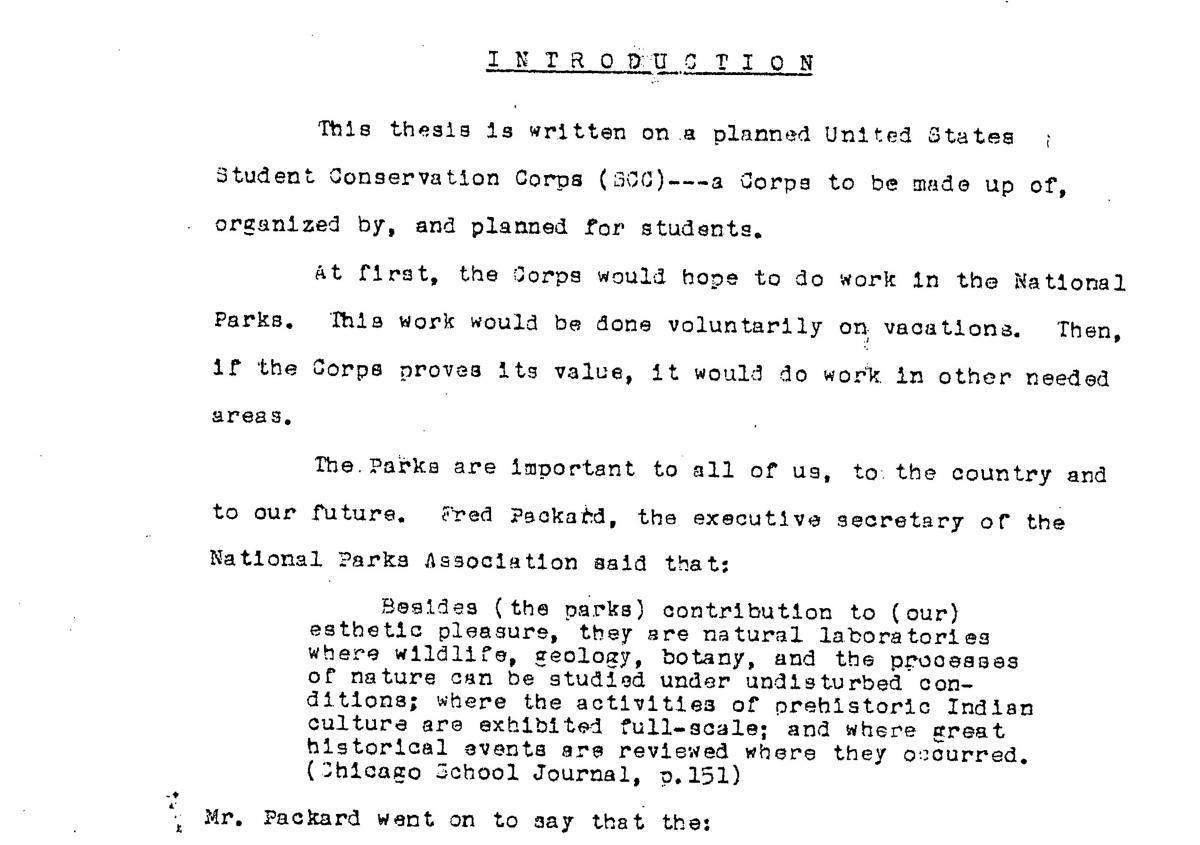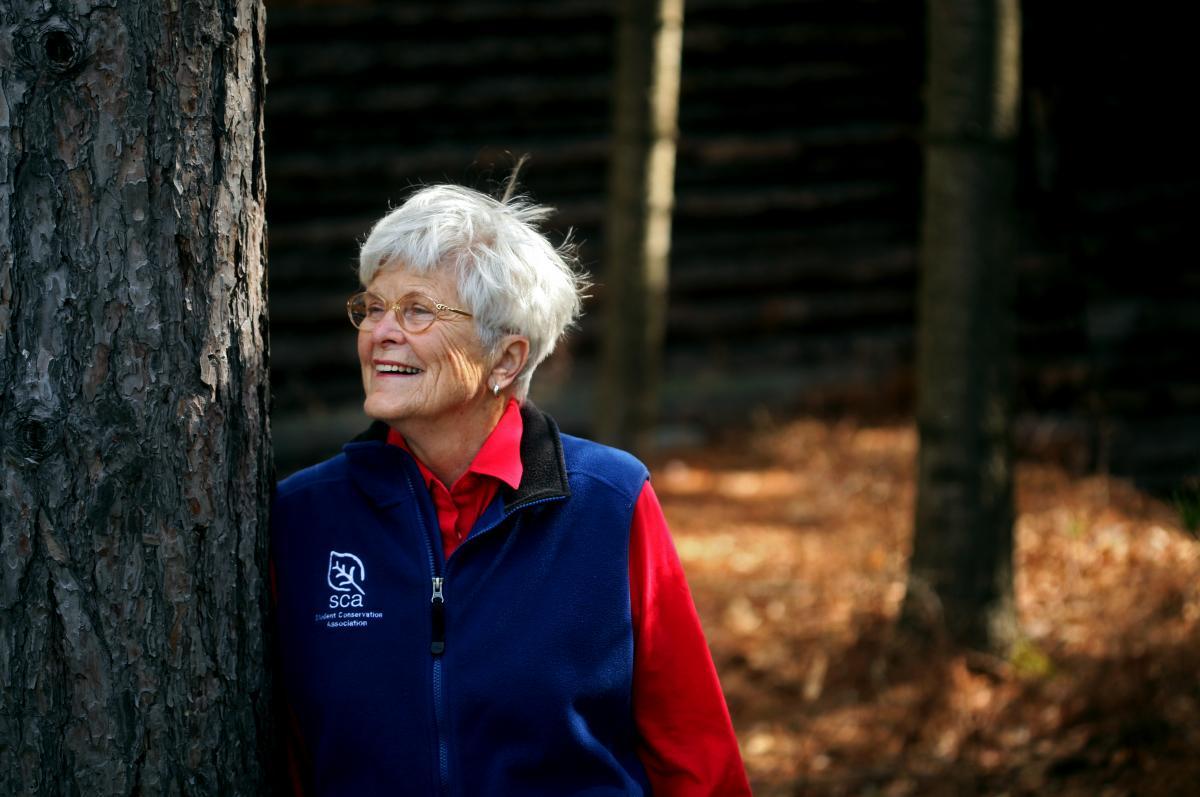As we approach SCA Founder’s Day on June 24, we always like to look back at the woman who started it all. Liz Putnam launched a movement that has continuously inspired young people to make their mark and serve our cherished public lands.
During her first year at Vassar in 1951, a course called “Conservation of Natural Resources” made a deep impression on Liz, as did a later article in Harper’s Magazine by historian Bernard DeVoto. He warned that underfunded national parks were at risk of being “loved to death” and declared they should be closed to the public until Congress allocated adequate resources.
DeVoto’s call prompted Liz to write her landmark thesis, in which she proposed that student volunteers could help maintain parks while gaining valuable wilderness experience. Liz was able to hone in on why national parks needed help, and we explored the four major parts below.


The establishment of a new CCC was critical and had the potential to provide not only service to our parks but also to those who the National Park Service employed. Liz felt it essential to note that many employees lacked adequate resources for work, and many hurdles prevented individuals from securing employment in our nation’s parks.
Through an updated Corps model, volunteers could help improve ranger cabins and complete smaller tasks to assist with overall park maintenance. Parks like Yellowstone, Yosemite, Rocky Mountains, and Grand Canyon were not in the most excellent condition and also overrun with visitors and experienced significant damage from vandalism. Corps members could help manage visitors while rangers oversee the parklands, taking a considerable burden off an overwhelmed staff.


“In 1933, when the nation was engulfed in the depression, our political leaders knew something drastic had to be done to stimulate the sinking economy,” Liz wrote.
The Depression-era bill allowed young men looking to join the workforce to be organized and housed by the government and paid $1.50 – 2.00 to work on public lands completing essential projects. By mid-July, at least 250,000 young men were enrolled in the CCC program. Referencing the history behind the success and achievements of the CCC, Liz proved how the model could ultimately benefit the nation two-fold. We could put young people to work on the land, completing projects like reforestation and land reclamation at national parks, national forests, monuments, and state lands.
To ensure a smooth operation, it was essential for Liz to convey the establishment of an organized body that would coordinate efforts on partnership, technical advice and recruitment for the Student Conservation Corps (SCC). Representatives at local campuses would be tasked with connecting students with service opportunities at our national parks and disseminating information.
Here Liz would outline financial policy and what students would expect once on board. It was also made clear that in addition to an executive committee, an elected board of students could play a role in determining new volunteers.
With her argument on establishing a volunteer corps of students to help protect our public lands set, the final point conveyed was the importance of having a trial run of the program. It would help define costs and showcase the idea of a student-led conservation corps to the public. She proposed the idea of choosing well-known parks for more visibility and to capture the attention of Congress.


“This trial effort would not be done on a national scale, but rather on a small scale to give experience to the students, the rangers, and the organizing groups (NPS,NSA, NPA).”
Liz cohesively wove together why there was a need for a new CCC led by students, how other groups had accomplished it in the past, and what exactly needed to be done to hit the ground running. Her powerful thesis still rings true today, with SCA expanding service beyond parks on different public lands and local communities across the United States.

